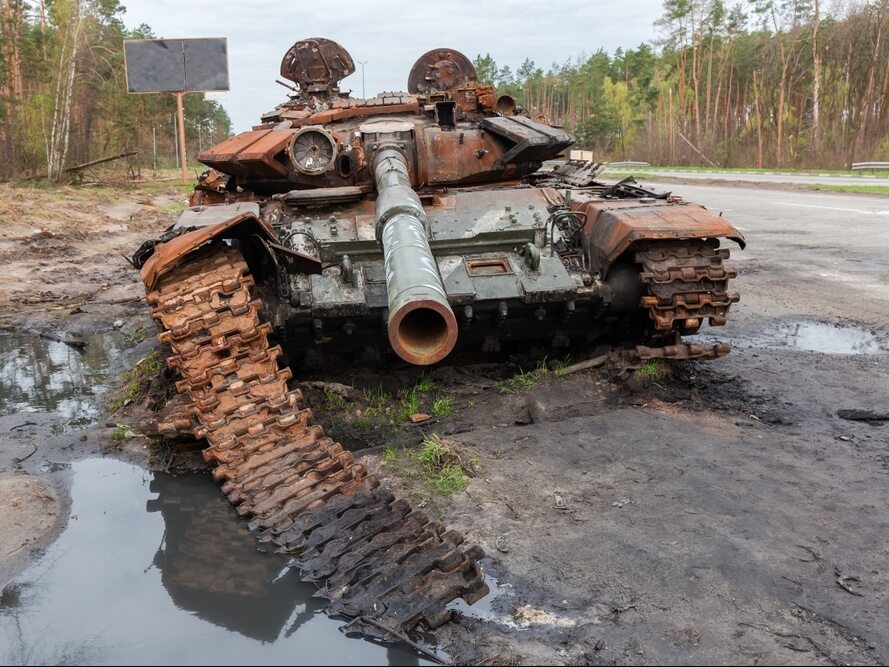The Ukrainians have a new hammer against Russian tanks. It's a gift from the USA

Ukrainian troops have recently been eliminating more and more Russian tanks. Missiles became their secret weapon, enabling them to quickly create deadly traps for enemy armored vehicles.
A large number of materials have recently appeared on the Internet showing Russian tanks being destroyed by Ukrainians. According to people closely monitoring the development of the armed conflict in Ukraine, greater losses among Russian armored personnel may be related to weapons that came to the defending country from the West.
RAAMS missiles are the bane of Russian tanks. In a few moments they will create a trap
An important point in the strategy of the Ukrainian army is to be the special RAAMS ammunition, intended for artillery. However, these shells are not fragmentation or explosive, but contain a set of anti-tank mines.
The individual mines resemble the size of cans of canned food – one missile contains nine of them. After being fired from a 155 mm gun, the mines scatter over a given area, instantly creating a minefield that is deadly to tankers.
The Remote Anti-Armor Mine System concept is extremely clever because it allows, among other things, M777 howitzers to efficiently create minefields exactly where they are needed at a given moment. What's more, it can be done not with the help of sappers, but from a safe distance. The ammunition range is from 4 to even 17.6 kilometers.
RAAMS system – a new minefield concept
The mines distributed as part of RAAMS also significantly disrupt the enemy's formation, and at the same time are much safer for civilians and Ukrainian troops. The concept of the system assumes that the mines self-destruct within a maximum of 24 hours after deployment.
This means that once an area is mined, it becomes relatively safe just 24 hours later. This may allow, for example, a quick military counterattack. At the same time, after the end of the conflict, there will not be a huge problem, as is the case with classic minefields. Once buried, they may remain active even many years later.






